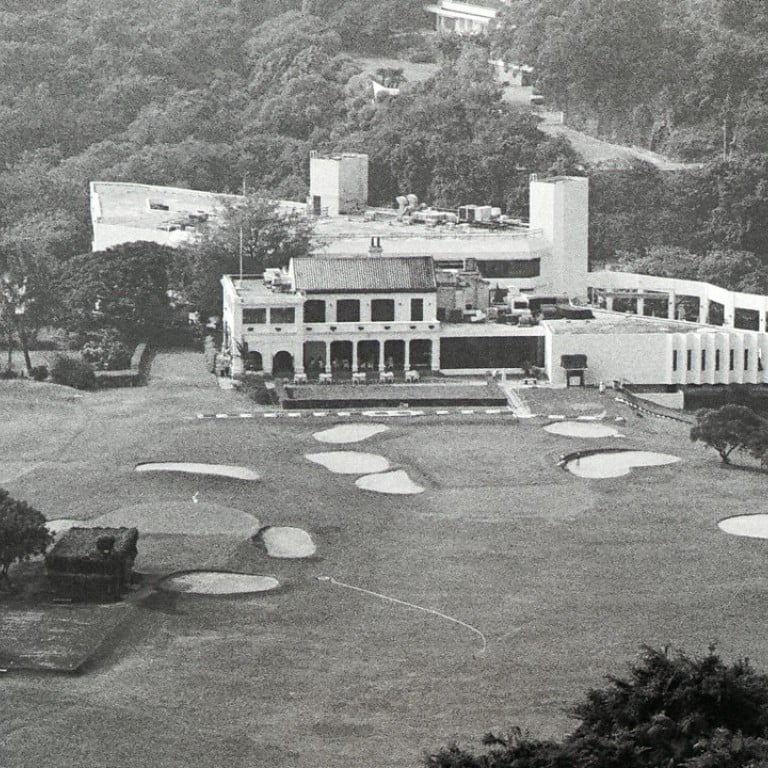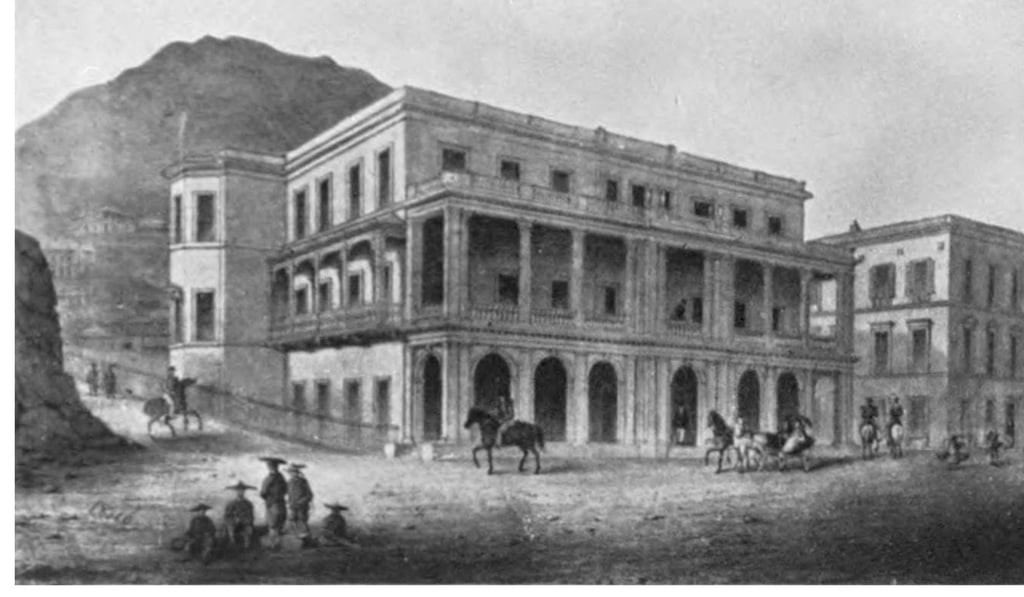How easy is it to join 5 Hong Kong private clubs that recall the city’s colonial past?

Membership of the historic institutions set up more than 100 years ago to serve elite interests such as horse racing, cricket and sailing is just as exclusive today
It has been 21 years since the handover of Hong Kong, when the former British colony was returned to China.
Many of the city’s fine old historical landmarks disappeared forever in the 1970s and ’80s as developers – keen to build taller constructions in their place – bulldozed their way across large parts of the city.
Yet some of its former colonial characteristics – seen as charms by some – have yet to fade away, with some of the prestigious private clubs with more than 100 years of history still offering the fine traditions to the city’s elite.
1. Hong Kong Club

The club was established in 1846 by eight senior Hong Kong business executives or “taipans” – literally “top class, or “big bosses” in Cantonese – for meetings.
The club is the oldest in Hong Kong, which at the time was one of the busiest trading ports, or entrepôts, in Asia.
Few official records detailing its history have been kept, unfortunately; but it is known that the club, set up by the heads of the city’s large “hongs” (or foreign commercial establishments), occupied premises in Queen’s Road Central “from the corner of Wyndham Street to the corner of D’Aguilar Street”.
The founders “held the property on the understanding that it should not be sold while any of them lived”, but in 1886, when only two of the founders remained, the club stopped using the premises.